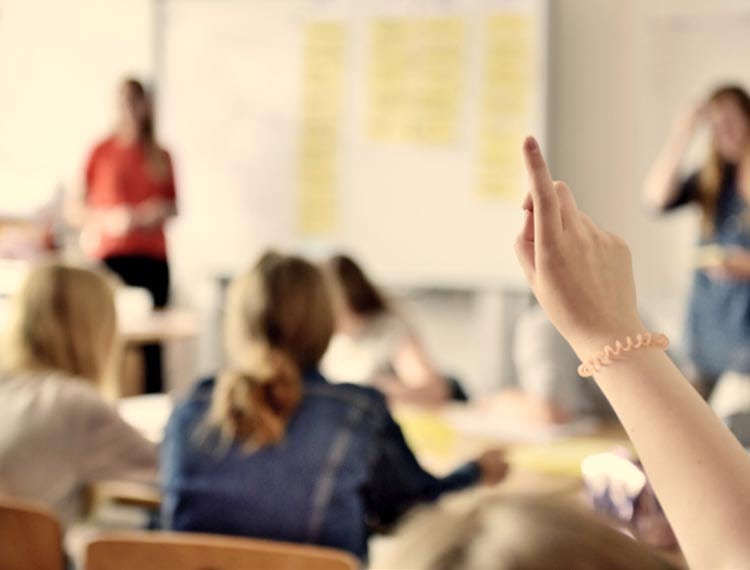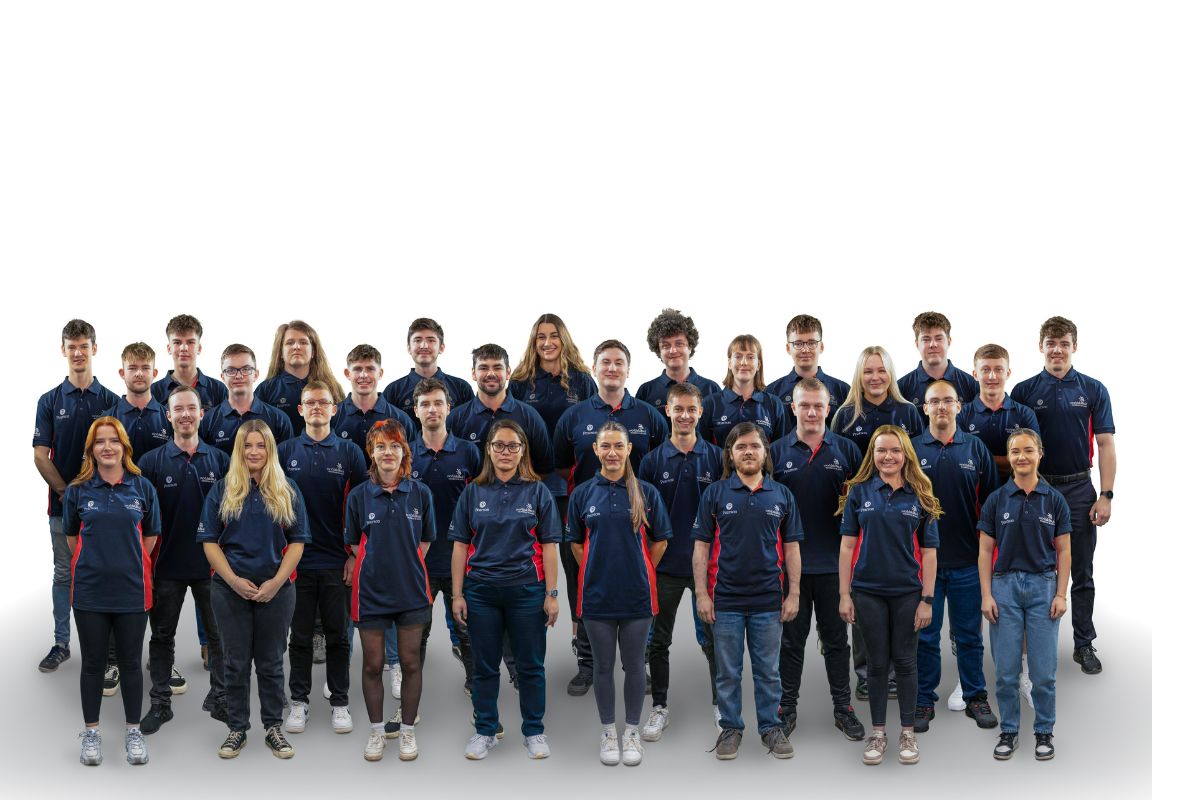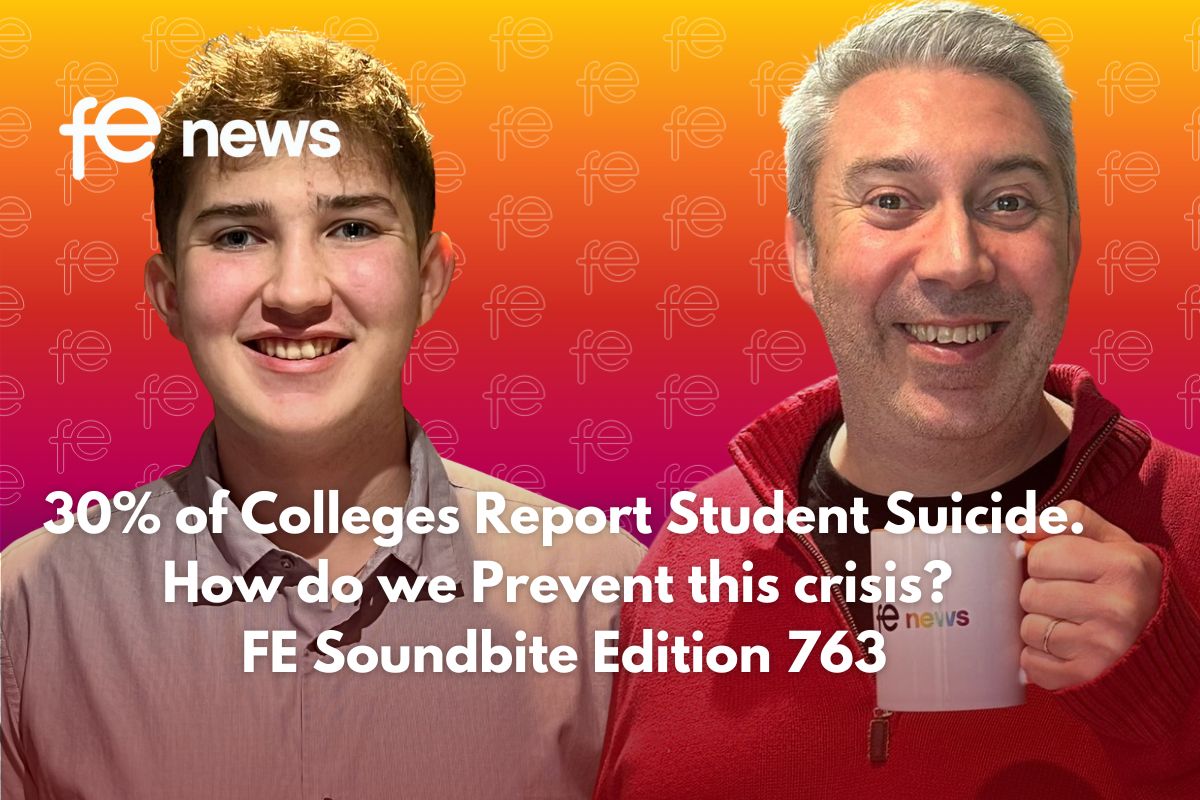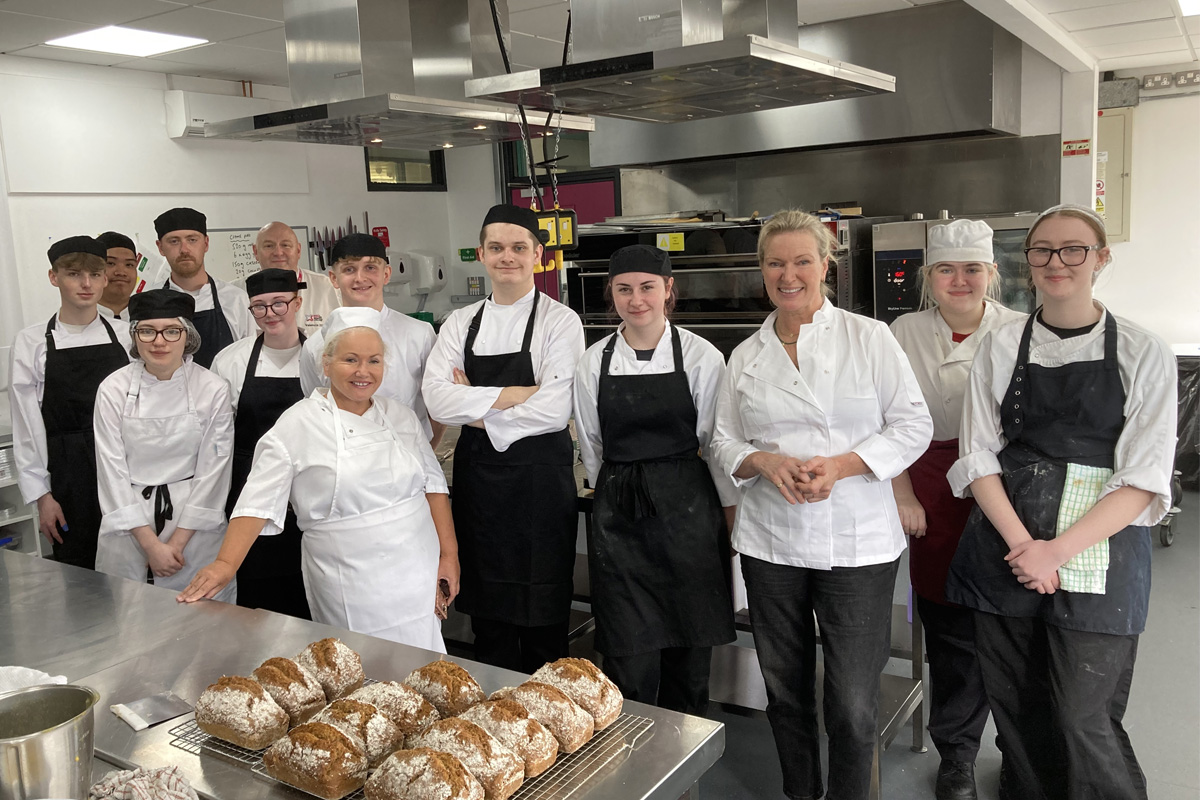School spending per pupil set to remain below 2009 levels

@TheIFS: Despite the government allocating over £7 billion extra for schools in England in the 2019 Spending Round, core spending per pupil in 2022–23 will still be about 1–2% lower in real terms than in 2009–10.
School spending per pupil fell in England by 9% in real terms between 2009–10 and 2019–20. The extra spending will reverse most, but not all, of this cut.
Schools serving the most disadvantaged pupils have seen the biggest cuts over the last decade. Having been introduced in 2018, the National Funding Formula for schools has ensured extra funding flows to areas that have become more disadvantaged over time. However, as a whole, the formula has provided a bigger funding boost to more affluent areas than to disadvantaged areas.
These are the main conclusions of new research at the Institute for Fiscal Studies, published today and funded by the Nuffield Foundation. This examines trends in day-to-day core school spending in England and excludes extra spending during the pandemic, such as the £3 billion allocated so far for catch-up spending. This report forms part of a wider programme of work looking at trends and challenges in education spending.
Other key findings include:
- Total school spending per pupil in England was just over £6,500 in the latest complete year of data in 2019–20. This is 9% lower in real terms than its high-point of £7,200 in 2009–10.
- The government has allocated an extra £7.1 billion for schools in England through to 2022–23. Whilst this will increase spending per pupil by over 8%, school spending per pupil in 2022–23 will still be 1% lower in 2009–10 after accounting for overall inflation or 2% after accounting for the growth in specific costs faced by schools.
- Deprived schools have seen larger cuts. The most deprived secondary schools saw a 14% real-terms fall in spending per pupil between 2009–10 and 2019–20, compared with a 9% drop for the least deprived schools.
- Whilst the National Funding Formula for schools has helped to ensure funding for different areas reflects the way they have changed over time, it has also provided bigger funding boosts for the least deprived schools. Between 2017–18 and 2022–23, funding allocated for the least deprived schools will increase by 8–9% in real terms compared with 5% for the most deprived schools.
- Over the long run, spending per pupil has gone up faster in primary schools than in secondary schools. In the late 1980s, secondary school spending per pupil was over 60% higher than spending in primary schools. In 2019–20, the difference was only 14%.
Sector Response
 Luke Sibieta, Research Fellow at IFS and author, said:
Luke Sibieta, Research Fellow at IFS and author, said:
‘The 9% fall in school spending per pupil in England over the decade between 2009 and 2019 is the largest in more than 40 years, and probably a lot longer. The fact that it still won’t have recovered back to 2009 levels by 2022 shows just how big the squeeze has been.
“This will make it that much harder for schools to address the major challenge of helping pupils catch up on lost learning alongside everything else they are required to do. Schools serving disadvantaged communities face the biggest challenges. They faced the biggest cuts up to 2019 and are now receiving the smallest rises. This pattern runs counter to the government’s aim of levelling up poorer parts of the country.’

‘This IFS research reveals that the largest reductions in per pupil spending have been experienced by schools in deprived areas. We also know that the most disadvantaged pupils are more likely to be behind on their learning as a result of disruptions to their education during the COVID-19 crisis.
“It is crucial that schools in deprived areas receive appropriate and well-directed funding so that they can help to close the disadvantage gap and ensure all children can reach their potential.’
 Kate Green MP, Labour’s Shadow Education Secretary said:
Kate Green MP, Labour’s Shadow Education Secretary said:
“Conservative cuts have hammered school budgets over the last decade. Children’s opportunities have been stripped away as class sizes have soared to record levels and enriching extracurricular activities have been cut back.
“This damage is compounded by the Conservatives’ failure to invest in the ambitious recovery plan needed to help children bounce back from the pandemic.
“Labour’s Children’s Recovery Plan would deliver the learning and extracurricular opportunities every child needs to recover from the pandemic and reach their full potential by investing in small group tutoring and new clubs and activities. It’s time the Conservatives step up and match Labour’s ambition for children’s learning and futures.”
 Paul Whiteman, general secretary of school leaders’ union NAHT, said:
Paul Whiteman, general secretary of school leaders’ union NAHT, said:
“This report clearly shows the real-term freeze in funding that schools have had to cope with for over a decade.
“Despite the government’s bold claims on school funding, it is very clear that school spending per pupil will still be lower in real terms next year than it was a decade ago. This is at a time when demands on schools have been increasing. There is no escaping the fact that the schools have had and will continue to have to make cuts to provision until this is properly addressed. Furthermore, it is those schools serving the most deprived pupils that have seen the biggest losses.
“In light of all this, talk of ‘levelling up’ starts to sound very hollow indeed.”











Responses